When it comes to skiing beyond resort boundaries, you’ve got two main options: sidecountry and backcountry skiing. Both offer untouched terrain and adventure, but they differ in how you access the slopes, the risks involved, and the skills you need. Here’s the quick breakdown:
- Sidecountry Skiing: Accessed via resort lifts and gates. It’s easier to get to but still carries backcountry risks like avalanches. You’ll need avalanche gear and safety knowledge, even though it feels “close” to the resort.
- Backcountry Skiing: Requires hiking or skinning uphill to remote, unpatrolled areas. It’s more time-intensive and demands advanced skills, but you’ll enjoy solitude and pristine snow.
Key Takeaway: Both require avalanche training, proper gear, and preparation. Sidecountry is quicker to access but can lead to a false sense of security. Backcountry skiing takes more effort but rewards you with seclusion and a deeper connection to the mountain.
Want to know what gear to pack, the risks to watch out for, and how to choose between the two? Let’s dive in.
Top 5 Sidecountry Ski Areas of North America
1. Sidecountry Skiing
Sidecountry skiing refers to the terrain just outside ski resort boundaries. Think of it as resort skiing's adventurous sibling. You start with a lift ride, then head through an approved gate into terrain that's unpatrolled and carries the same risks as the backcountry.
Access Methods
Getting into sidecountry terrain is pretty simple. You take the resort's lifts to the top and find the designated gates that lead beyond the boundary. But here's the catch: this quick access often means you miss out on the detailed terrain scouting and snowpack checks you'd typically do during a longer backcountry approach.
While traditional ski brands like Rossignol, Atomic, Head, and Elan offer solid performance, newer options like Snowfeet* Skiblades (65 cm starting at $450, 99 cm at $490) are shaking things up. These compact skis are portable and highly maneuverable, making them a great choice for mixed terrain. However, the convenience of sidecountry access comes with its own challenges, requiring extra caution.
Risk Levels
Once you step beyond the resort gates, you're on your own. Sidecountry terrain doesn’t have the safety measures you find in-bounds. That means you’re responsible for spotting avalanche risks, tree wells, and deep snow hazards. Chad Brackelsberg, executive director of the Utah Avalanche Center, puts it bluntly:
"The sidecountry is backcountry. As soon as you leave a resort gate, you are leaving the controlled environment of the ski resort...Therefore, you are responsible for your own safety, meaning you have to be able to assess the avalanche risk, and you have to be prepared to be your own rescue party."
Popular gates can get crowded, but it doesn’t take long to find yourself in more remote areas where self-reliance is critical. The ease of access sometimes gives skiers a false sense of security, which can lead to poor decisions. That’s why having the right skills and gear is non-negotiable.
Required Skills and Equipment
Sidecountry skiing requires the same avalanche safety know-how and rescue skills as backcountry skiing. Must-have gear includes an avalanche beacon (like the Backcountry Access Tracker3 for $350), a snow shovel (Black Diamond Transfer at $65), and a probe (Black Diamond QuickDraw Pro 240 at $70). David Boyd, public affairs officer for White River National Forest, stresses the importance of preparation:
"Even though these access points are relatively easy to get to, it's like anywhere else in the backcountry where there is no avalanche mitigation work, and it's up to the user to track avalanche conditions, understand the risks and have the proper equipment."
While long skis remain a dependable choice, Snowfeet* products such as the PRO (50 cm at $199) and Skiblades (99 cm at $490) offer a compact, precise alternative that’s well-suited for navigating varied terrain. Whether you go with traditional gear or try something new, being equipped and informed is the key to staying safe.
2. Backcountry Skiing
Backcountry skiing takes you off the beaten path into terrain that's neither marked nor supervised, whether it's within or beyond resort boundaries. Unlike sidecountry skiing, which offers quick access through resort gates, true backcountry skiing requires venturing into areas where hazards like avalanches, creeks, and cliffs are not managed. Out here, you're on your own, navigating a landscape that demands constant awareness and preparation.
Access Methods
Getting into backcountry terrain isn't as simple as hopping on a lift or stepping through a gate. It typically involves uphill travel - hiking or using climbing skins to "skin" your way up slopes. While some skiers might splurge on helicopter drops or remote lift systems, most backcountry enthusiasts rely on good old-fashioned leg power. These uphill journeys aren't just physical workouts; they also give you time to evaluate snow conditions, weather, and the terrain ahead. Unlike sidecountry skiing, where you're quickly on your way down, backcountry skiing requires patience and effort, and that added time means more exposure to potential hazards.
Risk Levels
Backcountry skiing comes with serious risks because you're in an uncontrolled environment. Avalanches, sudden weather changes, and challenging terrain all combine to create a dangerous cocktail. Most avalanches occur on slopes between 30 and 45 degrees, and weather can shift from sunny to whiteout in no time. Plus, you're isolated - help isn't just a ski patrol call away.
Chuck Tolton, ski patrol director at Copper Mountain, Colorado, puts it bluntly:
"No turns are worth putting friends and family through the ordeal of your death."
Even small mistakes, like a broken binding or a bad route choice, can escalate quickly. Human factors - like overconfidence, group pressure, or poor decision-making - are often bigger culprits than the natural hazards themselves.
Required Skills and Equipment
Backcountry skiing isn't just about strapping on skis and heading uphill. It demands advanced avalanche training and rescue skills far beyond what basic safety courses cover. Avalanche expert Knox Williams emphasizes the importance of ongoing learning:
"Learning about avalanches is a lifelong endeavor. A 'know-it-all' arrogance can kill you."
Essential gear includes an avalanche beacon, shovel, and probe, but that's just the start. You'll also need a detailed map, compass, repair kit, extra food, extra clothing, and a first aid kit.
When it comes to ski gear, traditional touring setups can feel bulky and awkward in the technical terrain of the backcountry. That's where Snowfeet* comes in. Their compact, lightweight gear is designed specifically for backcountry conditions. For example, their ultra-portable Skiskates (44 cm, starting at $390) are perfect for tight, technical descents. They also offer Skiblades, like the 65 cm models (from $450) and the 99 cm POWDER models (from $490), which deliver excellent control on varied snow. By cutting down on weight, Snowfeet* gear makes those long uphill treks a bit less grueling while improving maneuverability on the way down.
sbb-itb-17ade95
Pros and Cons
Sidecountry and backcountry skiing each come with their own set of advantages and challenges. Choosing the right option depends on your skills, how much time you have, and how comfortable you are with risk.
| Aspect | Sidecountry Skiing | Backcountry Skiing |
|---|---|---|
| Access | Lift-accessed with a short bootpack or skin track | Requires full human-powered ascent or mechanized transport |
| Time Investment | Quick access saves time and energy | Substantial time spent ascending, often hours |
| Terrain Assessment | Limited opportunity to observe snowpack during quick access | Extended uphill travel allows thorough terrain and snow evaluation |
| Crowds | Often crowded due to easy resort access | More solitude and pristine conditions |
| Safety Risks | False sense of security from resort proximity | Clear understanding of the challenges of a remote, self-reliant environment |
| Required Skills | Requires the same avalanche awareness as backcountry | Demands advanced navigation, medical preparedness, and self-reliance |
| Equipment | Standard avalanche safety gear plus a touring setup | Full backcountry kit including navigation, repair, and emergency supplies |
Let’s break down the key differences further.
Sidecountry skiing shines when it comes to efficiency. You’ll spend more time skiing and less time climbing, which is perfect if you’re short on time or energy. But, there’s a catch - this convenience can lead to dangerous complacency.
"Sidecountry is backcountry" - Backcountry Skiing Canada
This quote drives home an important point: just because sidecountry terrain is near a resort doesn’t mean it’s any safer. The proximity to controlled slopes can create a false sense of security. Risks like avalanches and weather changes don’t magically disappear because you’re close to a lift.
Backcountry skiing, on the other hand, is all about independence. You’re in charge of everything - navigation, safety, and handling emergencies. This gives you the chance to carefully assess conditions during the climb, but it also demands a lot more time, effort, and expertise. The reward? Solitude, untouched snow, and a deeper connection to the mountains.
When it comes to gear, both sidecountry and backcountry setups need to be lightweight and functional. Traditional touring skis from brands like Rossignol or Atomic can feel bulky, especially on technical descents or long approaches. That’s where Snowfeet’s compact gear comes in. Their 44 cm Skiskates (starting at $390) are small and lightweight, making them easy to maneuver in tight spaces. If you’re looking for a bit more stability, their 65 cm Skiblades (starting at $450) strike a great balance between control and performance.
The human factor plays a big role in both environments. In the sidecountry, crowded routes mean you need to stay alert and aware of others. In the backcountry, the stakes are higher - clear communication with your group is critical, and sometimes hiring a guide is the safest choice. Sidecountry skiing often comes with lift ticket costs, while backcountry skiing skips those fees but may require expert assistance. In both cases, lightweight gear like Snowfeet’s can make your adventure smoother and more enjoyable.
"If you notice something, say something; more eyes are always better. I may be a guide, but we don't catch everything... Using your voice and speaking up when you see something is way better than assuming that everyone else noticed. Things can go wrong when you just assume everyone is on the same page." - Professional Mountain Guide Morgan McGlashon
No matter which option you choose - traditional setups or Snowfeet’s agile gear - being prepared and making thoughtful decisions are key to staying safe and enjoying your time in the mountains.
Conclusion
When deciding between sidecountry and backcountry skiing, it often comes down to convenience versus solitude. Sidecountry offers quick, lift-accessed runs, while backcountry rewards you with quiet seclusion and a deeper understanding of the mountain as you climb. But here’s the kicker: both demand the same level of safety knowledge and avalanche awareness. No shortcuts here.
Sidecountry skiing might feel more accessible, but that doesn’t mean it’s risk-free. Pro skier Luke Smithwick sums it up perfectly:
"Sidecountry and slackcountry are still backcountry. They possess the same dangers and risks and require the same gear and knowledge."
On the flip side, backcountry skiing takes more time, planning, and advanced skills. The payoff? Solitude and a better grasp of the terrain as you ascend. Whether you choose the convenience of sidecountry or the commitment of backcountry, one thing remains constant: the importance of proper gear and ongoing education.
Speaking of education, it’s not a one-and-done deal. Take avalanche courses, practice rescue drills, and build your knowledge of snow science and wilderness survival. Even with training, making decisions under pressure can be tough.
And let’s talk gear. The right setup can make or break your experience. While traditional options from brands like Rossignol and Atomic work well, Snowfeet* stands out for its lightweight design and easy portability, especially on those long approaches. As mentioned earlier, having the right tools - like the innovative Snowfeet* - can make all the difference, no matter where you ski.
If you’re new to off-piste skiing, start small. Sidecountry areas are a great place to build your avalanche knowledge and comfort level. Richard Bothwell, former Executive Director of the American Institute for Avalanche Research and Education, offers this solid advice:
"Skiers need more than just avalanche training. Skiers should also have a solid working knowledge of their gear and how to fix things when they break."
Above all, trust your instincts and communicate clearly with your group. Whether you’re chasing the quick rush of sidecountry or embracing the challenge of backcountry, the mountains don’t care about your plans or ego. Respect the terrain, prepare thoroughly, and always put safety first. In the end, it’s not just about the turns you make - it’s about the preparation and respect you bring to the journey.
FAQs
How do safety precautions differ between sidecountry and backcountry skiing?
Safety Precautions for Sidecountry and Backcountry Skiing
Sidecountry and backcountry skiing might both take you off the beaten path, but the level of preparation and risk involved is quite different.
Sidecountry skiing gives you access to ungroomed terrain just beyond resort boundaries. While it feels like an extension of the resort, you’re stepping outside controlled areas. This means you’ll need essential avalanche safety gear like a beacon, probe, and shovel. It’s also crucial to understand terrain risks and check avalanche conditions before heading out. While proper training is important, one advantage here is that rescue services are typically closer and easier to access compared to backcountry skiing.
Backcountry skiing, however, is a whole different ball game. You’re venturing into remote wilderness with no patrols or controlled environments. This calls for serious preparation: think advanced avalanche training, solid navigation skills, and ideally, a knowledgeable partner or guide. Along with the same gear used for sidecountry skiing, you’ll need to be ready for self-rescue, as help isn’t just a phone call away. Self-sufficiency isn’t optional here - it’s a must.
No matter where you’re skiing, having the right gear can make a huge difference. Lightweight options like Snowfeet* Skiblades or Skiskates are a great choice for those who want something portable and versatile. They’re perfect for adventurers who prioritize mobility and convenience over traditional skis or snowboards. Most importantly, always put safety first and make sure you’re prepared for the specific risks of your chosen terrain.
How do I know if I’m ready and properly equipped for backcountry skiing?
If you're thinking about backcountry skiing, you need to be comfortable handling a mix of tough terrain and have some basic mountaineering know-how. This includes skills like using crampons and an ice axe. And don’t skimp on the safety gear - pack an avalanche transceiver, shovel, probe, and, of course, the right skis, boots, and poles.
For those just starting out, taking an avalanche safety course is a must. It’s also a good idea to spend time practicing backcountry techniques before hitting the slopes. Looking for something a bit more portable? Gear like Snowfeet Skiblades or Skiskates offers a lightweight and easy-to-carry alternative to traditional skis. They’re great for maneuvering in different conditions and can make your adventure a bit more manageable.
Whatever you choose, make safety and preparation your top priorities before heading into the wild.
What makes Snowfeet* products better than traditional skis for sidecountry and backcountry skiing?
Snowfeet* gear takes a different approach compared to traditional skis. They’re lightweight, compact, and super versatile, making them ideal for sidecountry and backcountry trips. Thanks to their small size, they make uphill climbs easier and transitions between walking and skiing feel seamless. That means less effort and less exhaustion when tackling tough terrain.
Unlike the bulkier setups from brands like Rossignol or Atomic, Snowfeet* ditch the heavy equipment. They’re less awkward to handle in remote or rugged areas, which not only makes them safer but also opens up access to mellow slopes, trails, or tighter spots where traditional skis might struggle. Plus, their portability means you can pack them up with ease and enjoy your snow-filled adventures without lugging around a ton of gear.
Related Blog Posts
- Intro to Light Backcountry: Essential Gear for Exploring Beyond the Groomed Trails (Without the Pro Setup)
- How to Choose Skis for Backcountry Beginners (Safety First!) - 2025
- How to Choose Skis for Heli-Skiing or Cat-Skiing Adventures (Powder Focus)
- Should I Take an Avalanche Safety Course Before Going Backcountry Skiing?

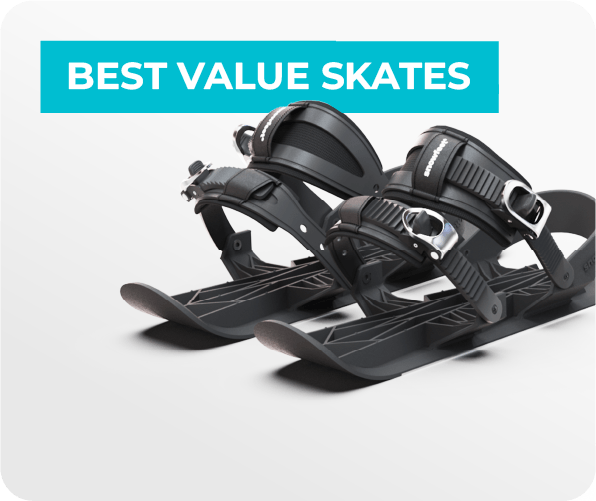



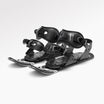
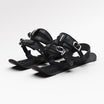
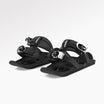
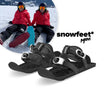

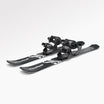

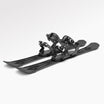
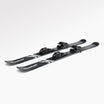






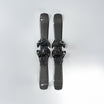
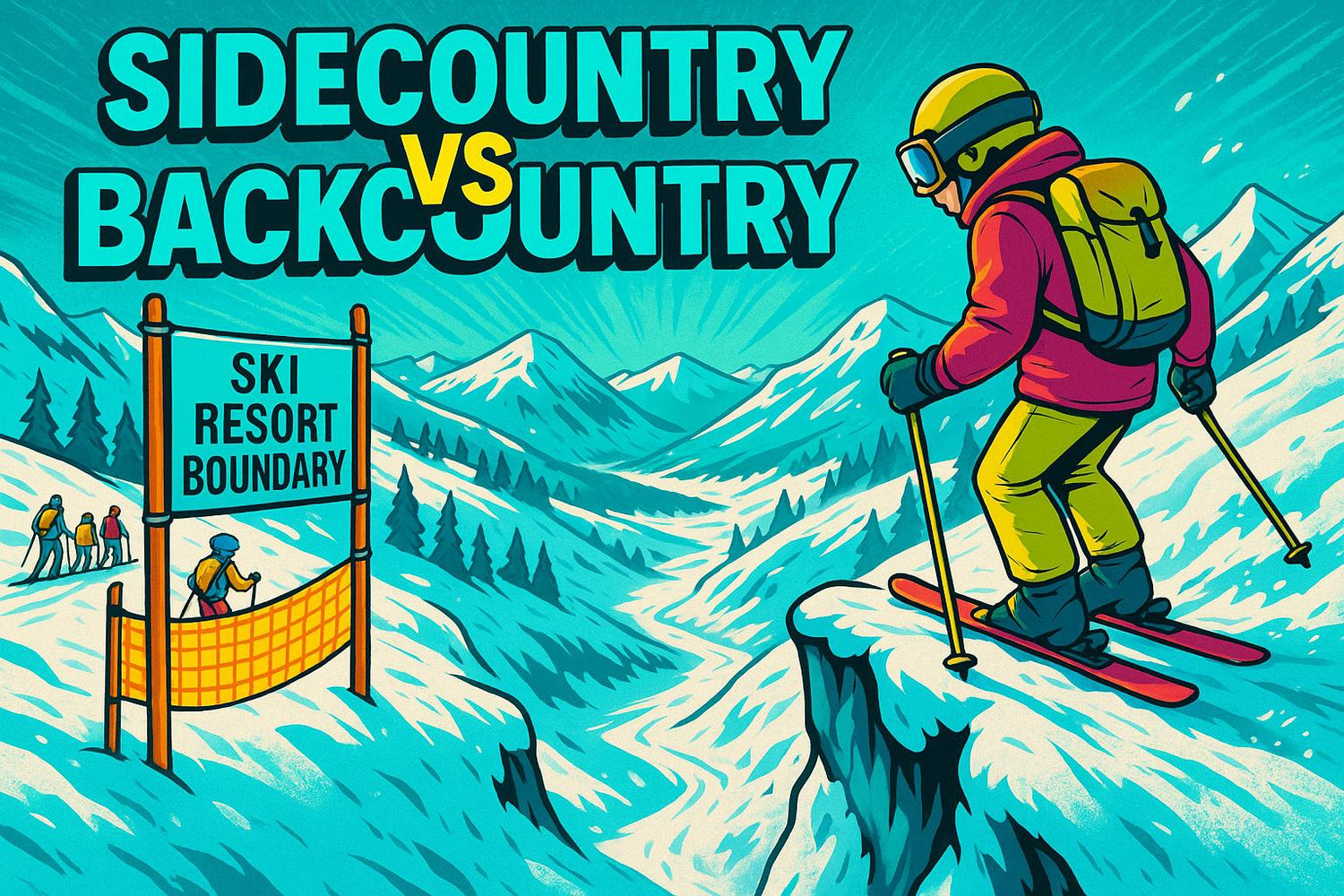
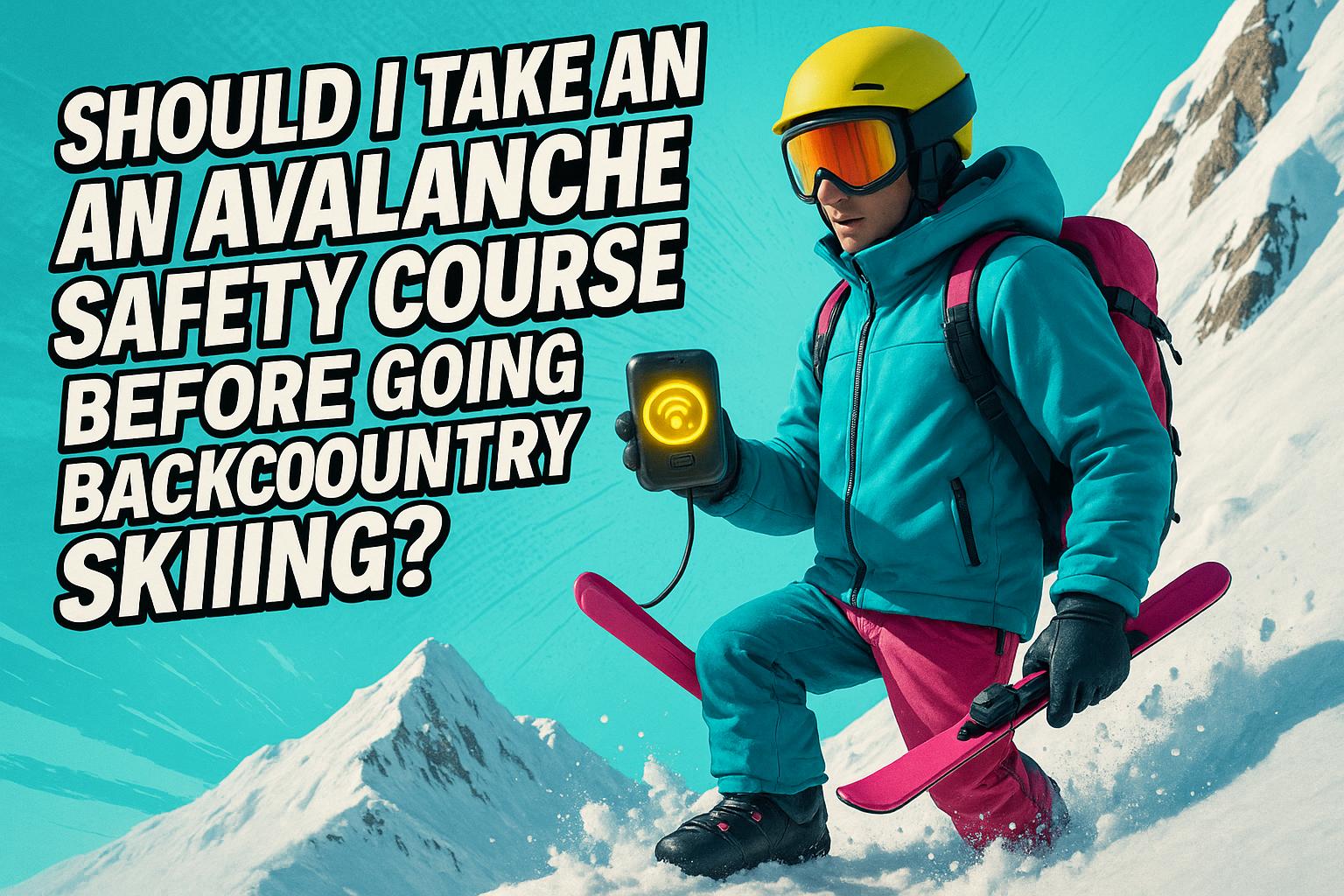
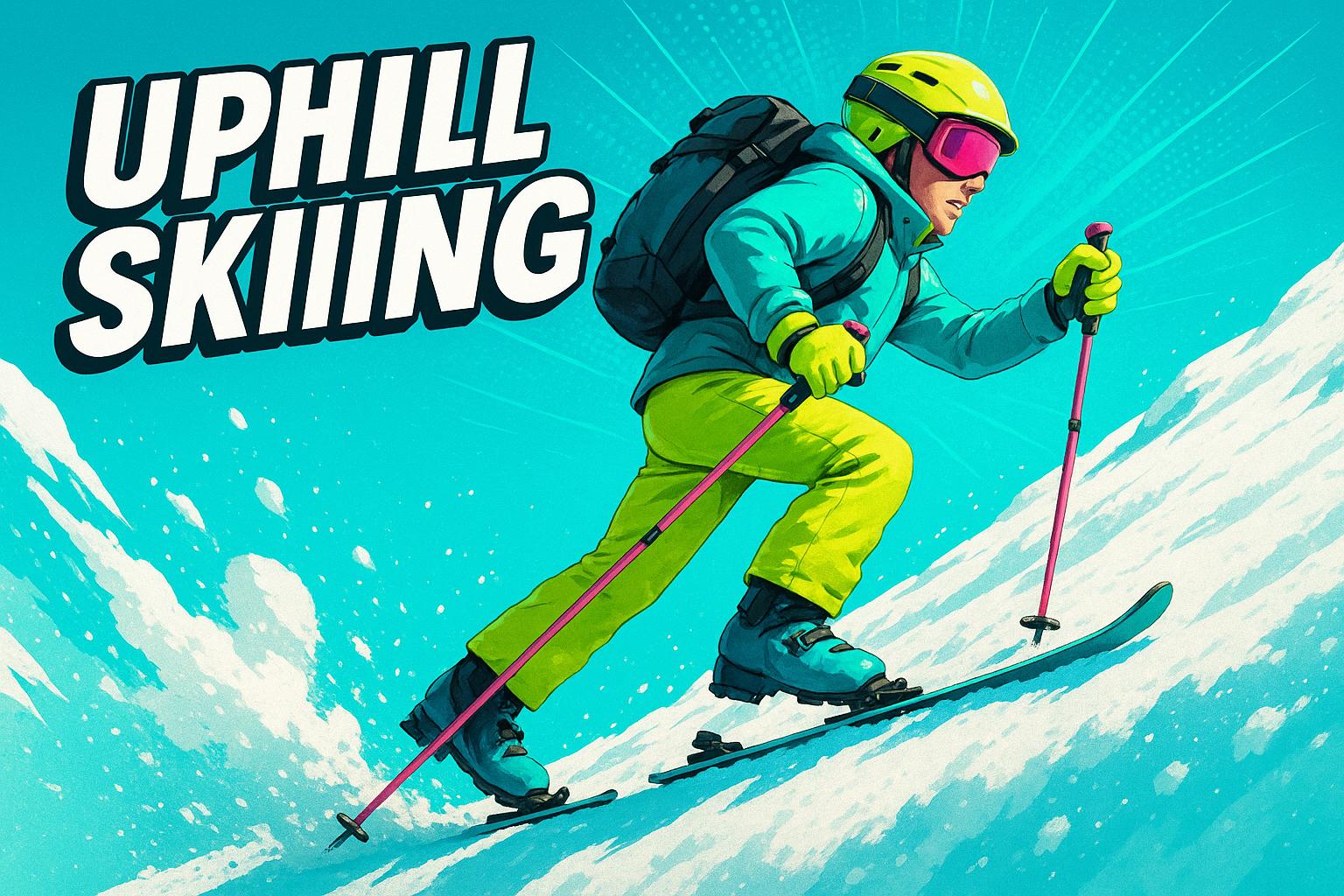
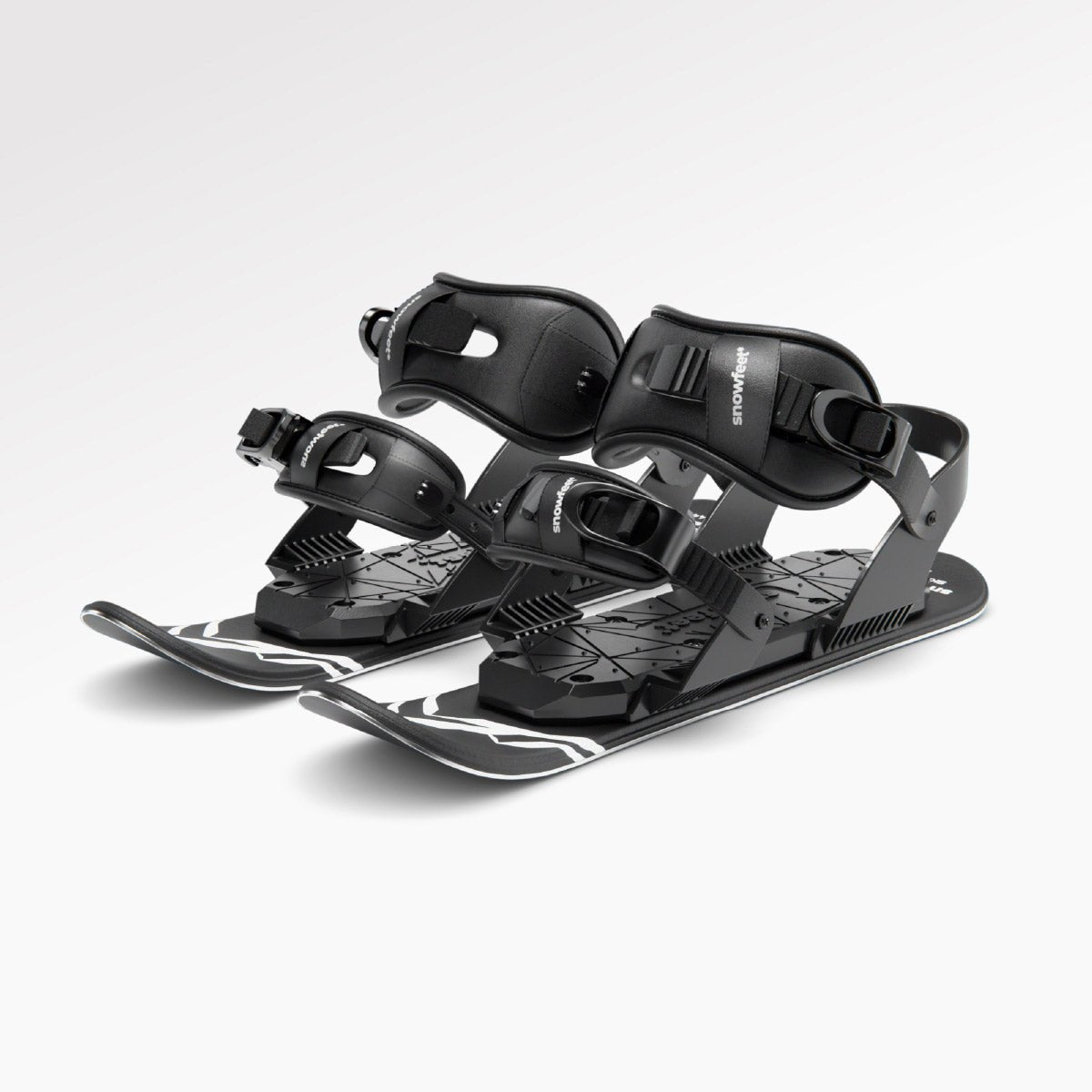
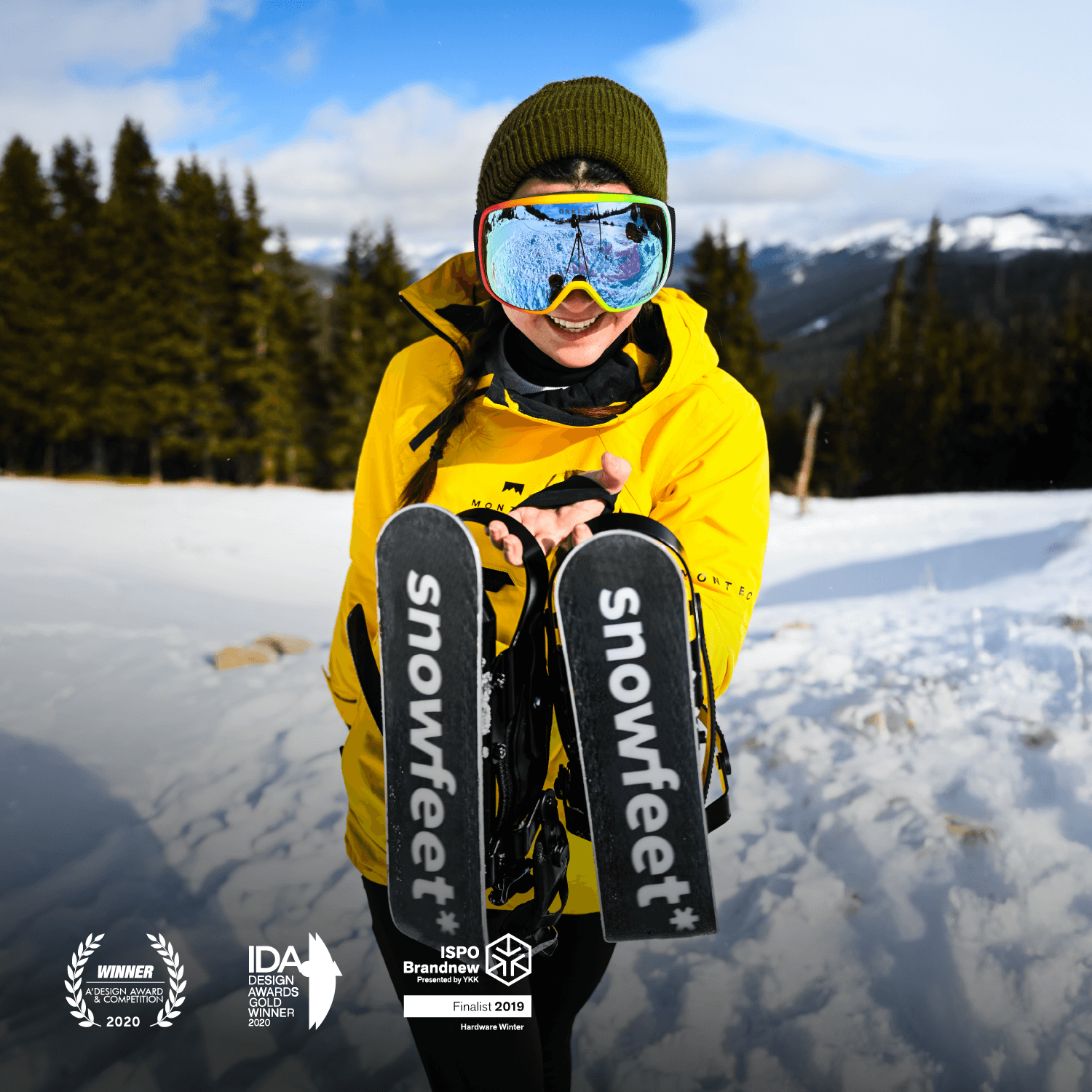
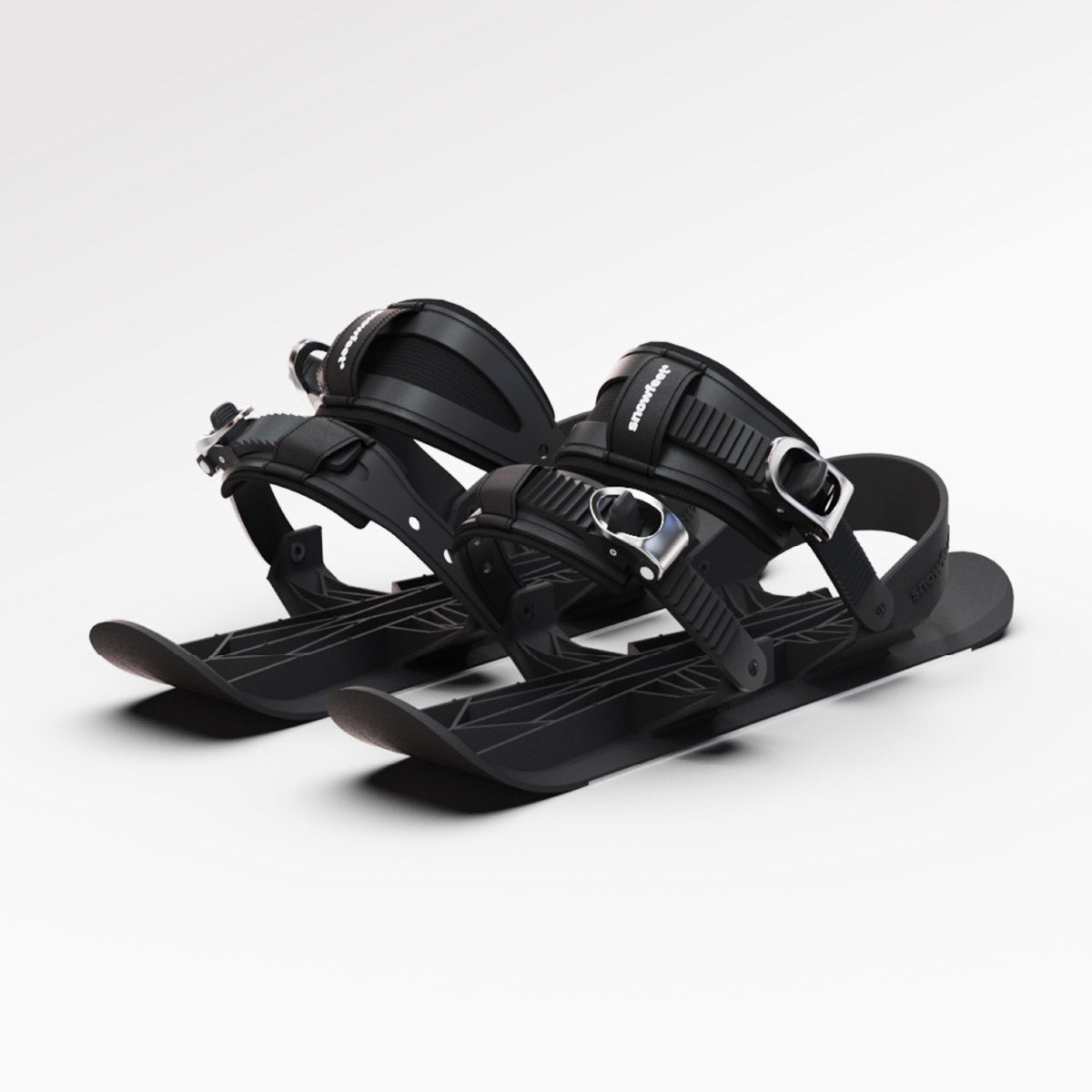

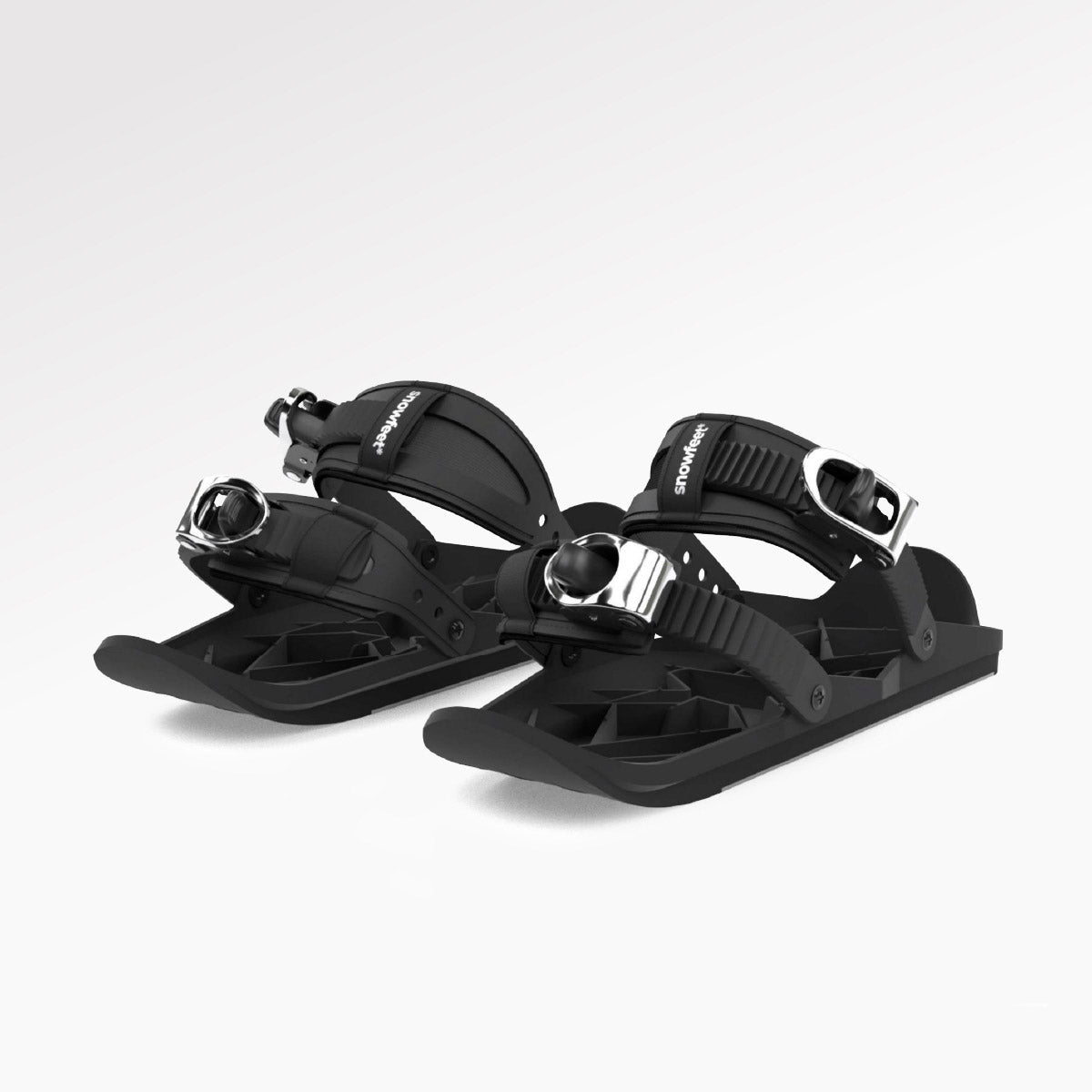
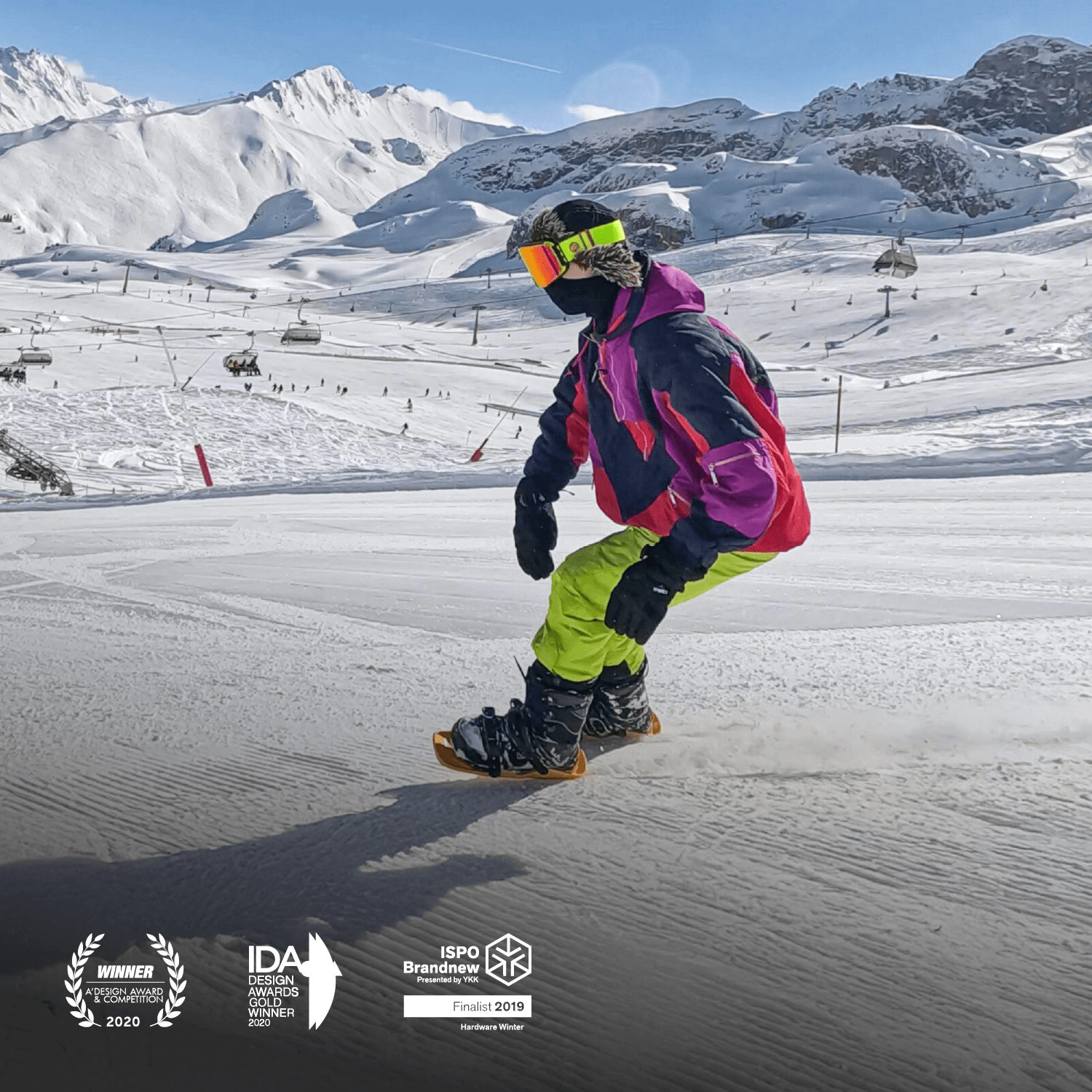


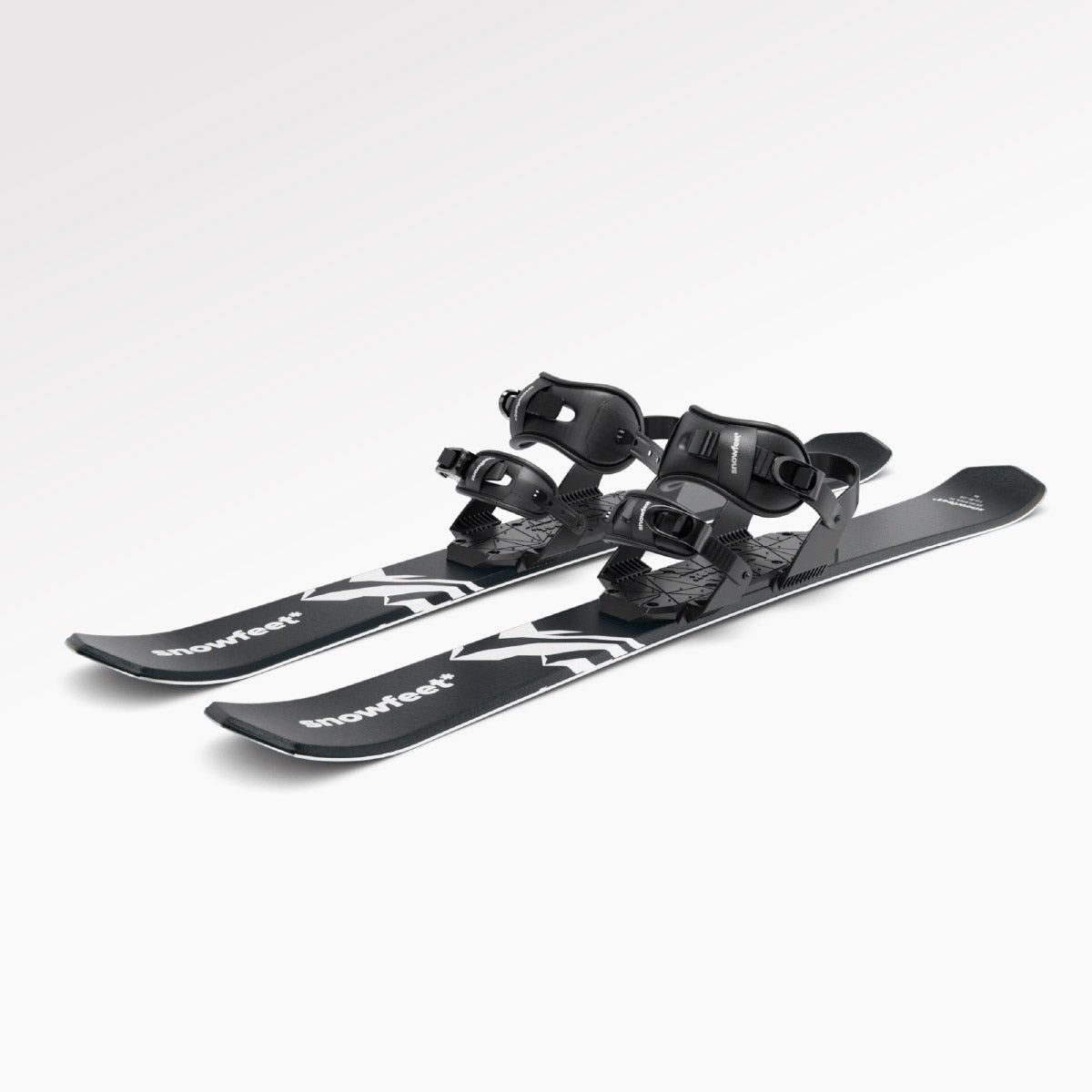
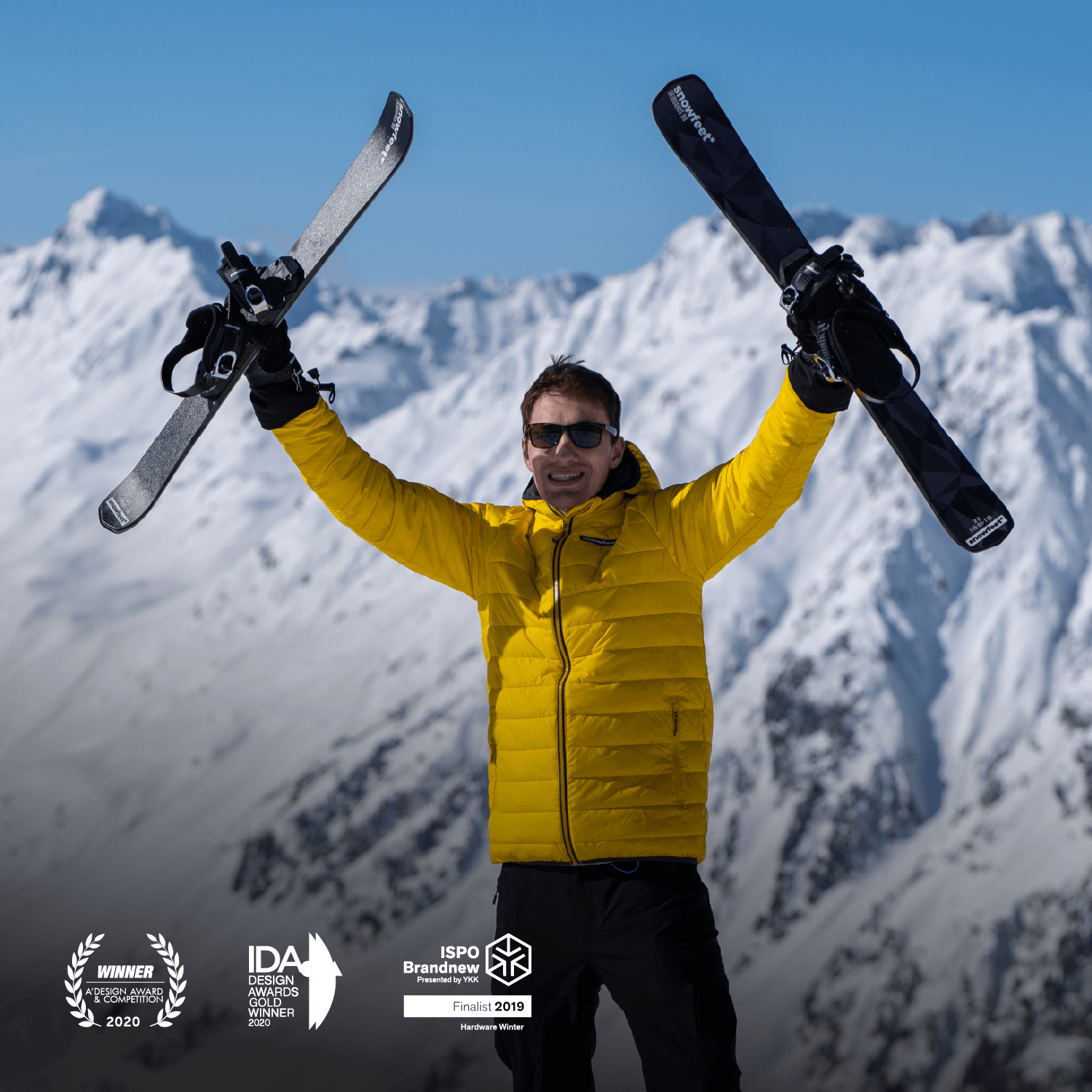
Leave a comment
This site is protected by hCaptcha and the hCaptcha Privacy Policy and Terms of Service apply.